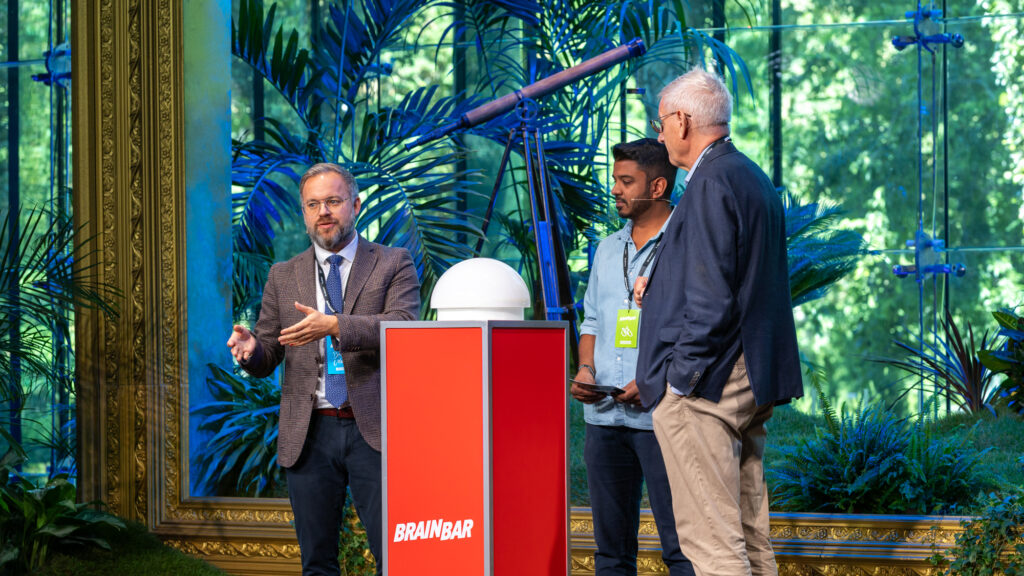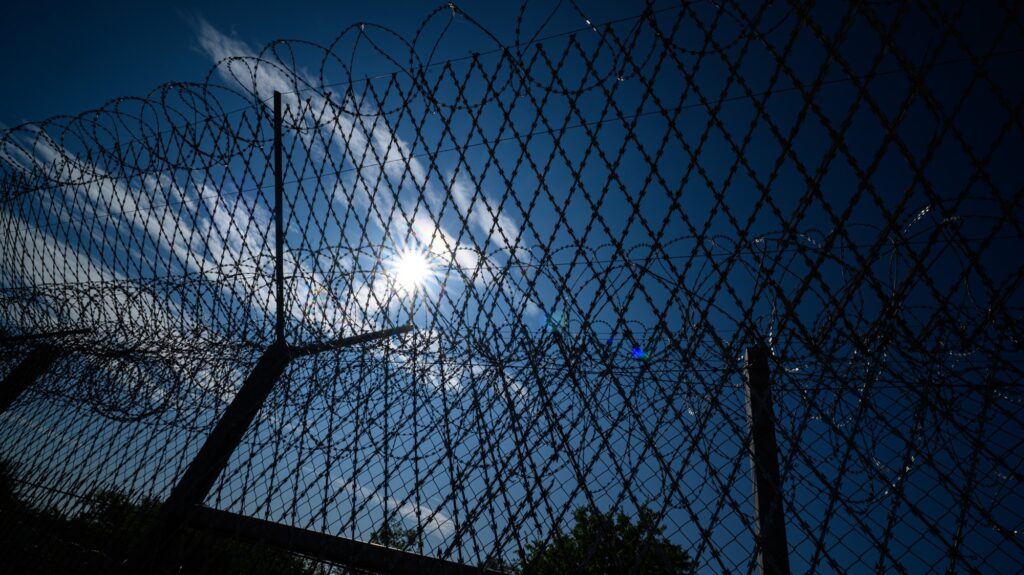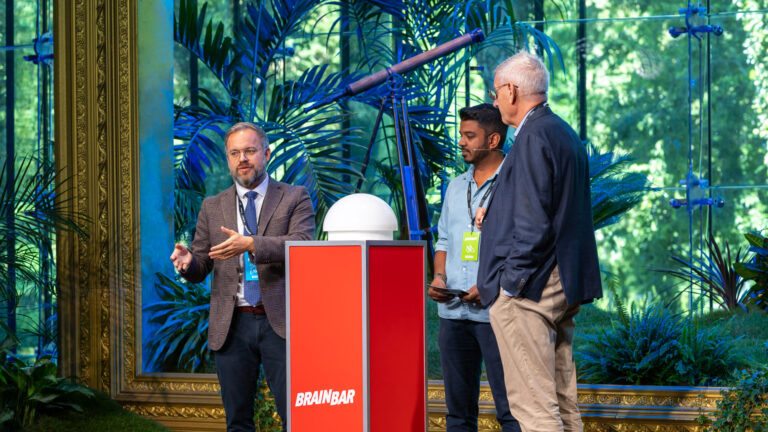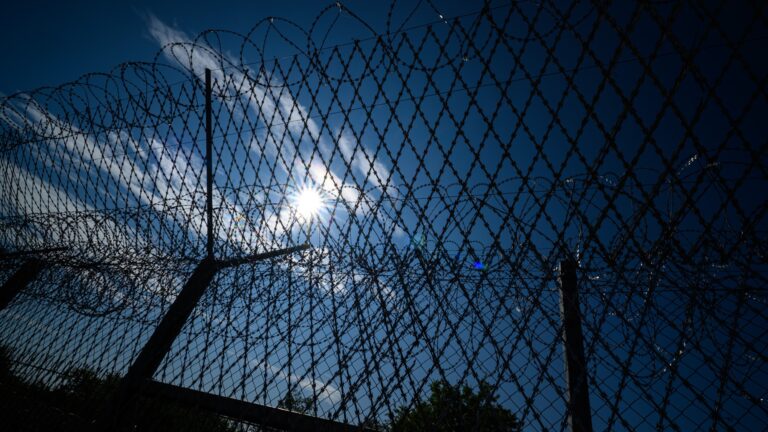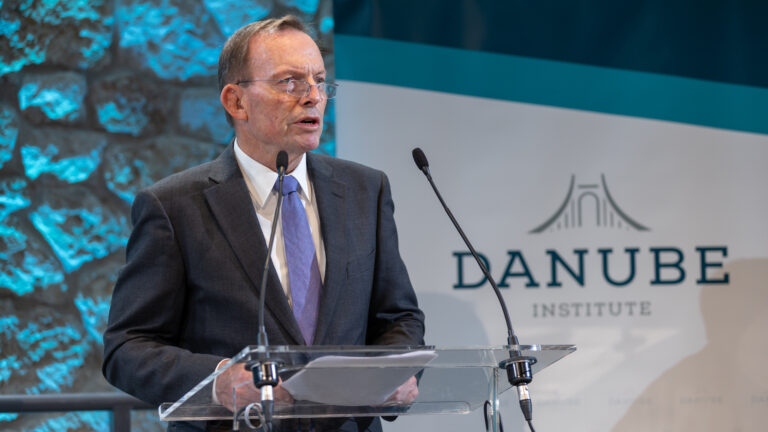E.ON Hungária Group has announced extensive bird protection initiatives for 2025, creating safer nesting environments for storks and other bird species across its power grid. The energy provider will install 100 new nest holders, reinforce existing ones, and implement bird-friendly modifications to its infrastructure. These efforts are part of a large-scale conservation project financed entirely by the company, amounting to several hundred million forints.
Operating the electricity network across Transdanubia, Budapest, and Pest County, E.ON has taken significant steps to minimize the risks posed by power lines to birds. In areas near landfill sites, the company has buried overhead cables to prevent bird collisions. Additionally, new nesting platforms are being installed, and specially designed nesting boxes will be mounted on high-voltage pylons to support kestrels and falcons.
As part of its commitment to wildlife protection, E.ON has planned bird-friendly modifications for over 250 power poles this year. Many of these enhancements, including protective coverings, extended insulators, and perching platforms, will be in place before the storks’ return for the breeding season.
To support stork breeding, E.ON will install more than 100 new nest holders on power poles, reinforcing the safety of nesting sites. Additionally, damaged nests affected by storms will be rebuilt, and excessively heavy nests at risk of collapse will be lightened by conservation specialists.
By the end of the year at least 3,200 nesting sites will be available for stork pairs within E.ON’s electricity network in Transdanubia and Pest County. The company highlighted that last year, in cooperation with conservationists, 548 stork chicks were ringed in the region.
E.ON’s bird conservation efforts are concentrated during the autumn and winter months when abandoned nests can be safely reinforced or relocated. During this period, most nest construction, repair work, and power grid modifications are carried out. All nest placements and adjustments are conducted in consultation with bird protection experts from Hungary’s National Parks.
By integrating wildlife conservation into its infrastructure projects, E.ON is setting an example for corporate responsibility in environmental protection. With continued investments in bird-friendly initiatives, the company aims to create a safer habitat for Hungary’s stork population and other native bird species.
Related articles:


